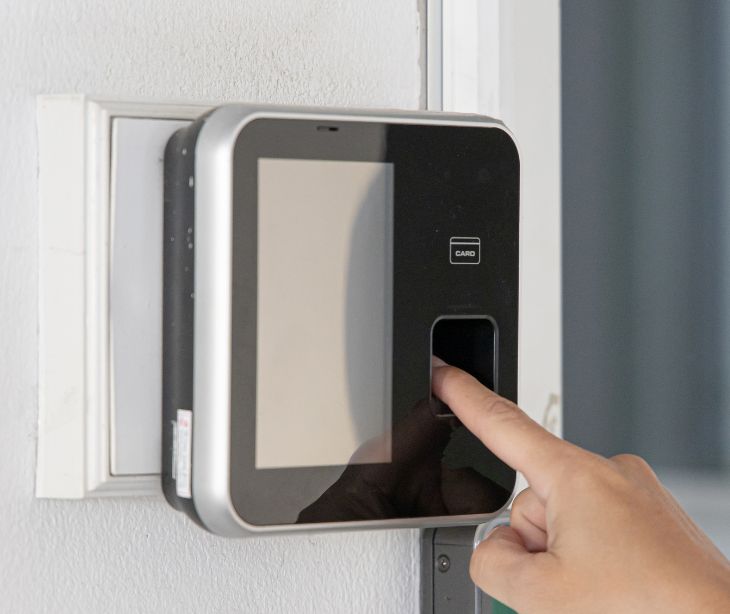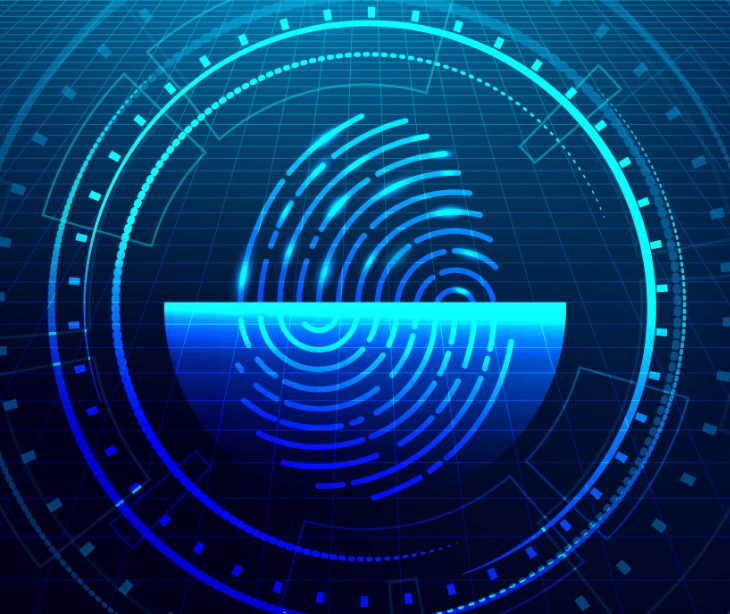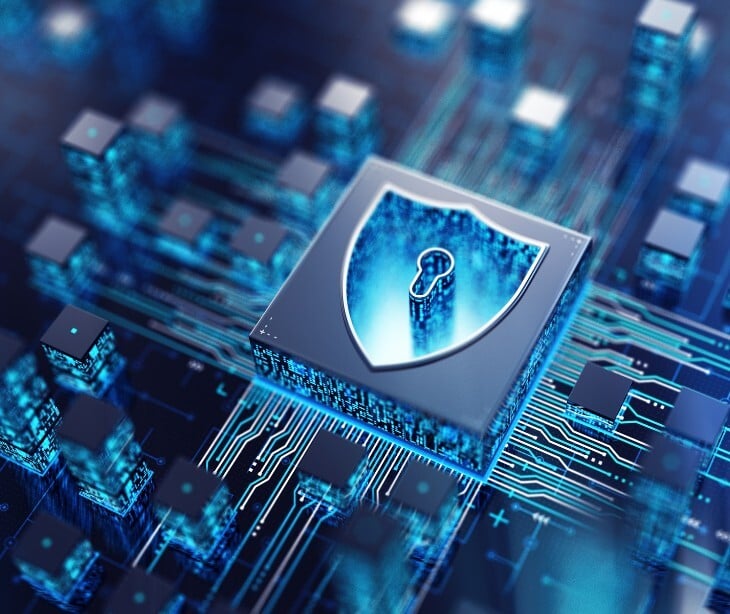
Biometric identification systems, such as fingerprint or face scanners, are helpful for security purposes but come with some risks. One such risk is a spoofing attack, where someone tries to deceive the system with a fake fingerprint or a photograph. Biometric systems are also vulnerable to data breaches and system intrusions. Data breaches occur when hackers steal biometric data, such as fingerprints or face scans, which cannot be easily altered. System intrusions happen when hackers gain unauthorized access to the system and interfere with its functionality. Although these systems benefit security, measures must be taken to enhance their security.
How do different biometric modalities compare in terms of security?
Fingerprints
Security level: Moderate to high.
Concerns: Fingerprints can sometimes be replicated using high-resolution images or lifted prints. However, to counter this, advanced scanners check for signs of life (like blood flow or sweat pores).
Use case: Widely used in smartphones, laptops, and access control systems.
Iris scans
Security level: Very high.
Concerns: It is harder to replicate due to the complexity and uniqueness of each person's iris pattern. They are less susceptible to deception compared to fingerprints.
Use case: Common in high-security facilities and some smartphones.
Facial recognition
Security level: Varies widely, from moderate to high.
Concerns: Can be tricked by photographs or videos in less sophisticated systems. More advanced systems use 3D mapping and liveness detection to improve security.
Use case: Used in smartphones, surveillance, and for secure access to devices and facilities.
Voice recognition
Security level: Moderate.
Concerns: Vulnerable to recordings or synthetic voice generation. Background noise can also affect accuracy.
Use case: Common in virtual assistants, phone banking, and smart home devices.
Hand geometry
Security level: Moderate.
Concerns: Less unique than fingerprints or iris patterns, potentially more susceptible to fraud.
Use case: Used in some access control systems.
Retinal scans
Security level: Very high.
Concerns: Less common due to the need for close-up scanning, which can be uncomfortable. Very difficult to replicate.
Use case: High-security facilities, such as military bases.
Signature dynamics
Security level: Moderate.
Concerns: Susceptible to forgery, though dynamic analysis (speed, pressure) adds a layer of security.
Use case: Banking and legal documents.
See also: Is biometric data PHI?
What role does artificial intelligence play in enhancing biometric security?
AI enhances biometric security by quickly recognizing patterns like fingerprints and facial features. It identifies individuals accurately by analyzing vast amounts of data using machine learning algorithms. AI detects subtle differences that may be difficult for humans to notice, making it harder for intruders to deceive the system. However, integrating AI into biometric systems requires extensive data and may make occasional errors. Further improvements are necessary to refine its capabilities.
See also: HIPAA Compliant Email: The Definitive Guide
How Can Biometric Data Be Securely Stored and Transmitted?
Encryption: Use strong encryption methods to protect biometric data at rest (when stored) and in transit (when sent between systems).
Data anonymization: Strip biometric data of personally identifiable information where possible, making it difficult to link the data back to an individual.
Secure communication protocols: Utilize protocols like SSL/TLS for secure data transmission over networks to prevent interception and unauthorized access.
Access controls: Implement strict measures to ensure only authorized personnel can access biometric data.
Regular security audits: Conduct and vulnerability assessments to identify and fix potential security gaps.
Data minimization: Collect only the biometric data necessary for the intended purpose, reducing the amount of potentially compromised data.
Multi-factor authentication: Combine biometric data with other forms of authentication (like passwords or security tokens) for added security.
Biometric template protection: Instead of storing raw biometric data, store biometric templates that are processed and encrypted versions of the data.
See also: HIPAA compliant biometric data storage
Subscribe to Paubox Weekly
Every Friday we'll bring you the most important news from Paubox. Our aim is to make you smarter, faster.




